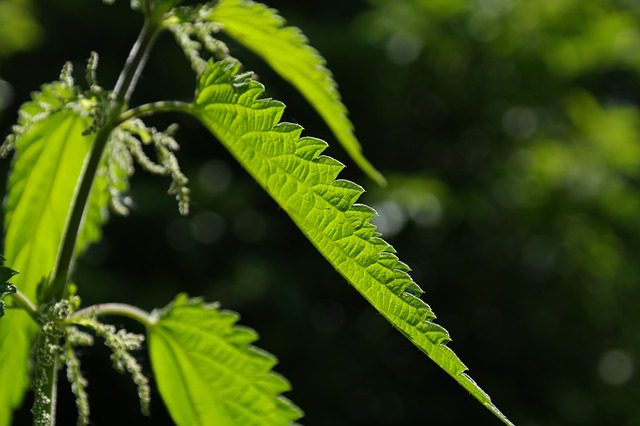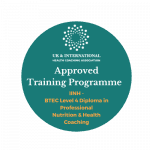It is time to talk about nettles…because this is the time of the year when they are at their best, juiciest and freshest. If you only dare to approach them.
Most of us are familiar with this “weed” (I am hoping that by the end of reading this article the reader will find the word “herb” a more appropriate one).
Those who grew up in the countryside have their own personal stories of close encounters with nettles. We tend to remember them to this day – but not due to any memory enhancing properties of the plant. Nettles are equipped with a powerful self-defence weapon in the form of tiny stiletto-like hairs. When we touch the plant the stilettos pierce our skin and inject histamine and formic acid which cause a highly unpleasant sensation. It can last for hours after the contact.
Have you ever wondered what the purpose is of such a powerful defence mechanism? What is so precious in the nettle that the plant invests so much energy into protecting itself?
Some say that nettles would have probably been eradicated by animals, insects and humans if not for their stinging hair. Nettles are said to rob the soil of its minerals and vitamins by absorbing them into its own plant tissue, so becoming highly nutritious.
I won’t be listing all these fancy names of the nettle constituents and actions because instead, I want to point out some things I find absolutely fascinating about this plant.
DETOXIFICATION and SUPERFOOD
As I have pointed out nettles are at its best in early spring. The time of the year when we are “waking up” from our winter hibernation. It is a great time to cleanse our body in order to help clear out the accumulation from the heavier winter diet.
Nettle (Urtica dioica) has been a traditional Irish spring tonic for centuries. It was the ancient way of flushing toxins from the system and today, the age-old tradition of having three good feeds before the end of May still exists. It is said to purify the blood, prevent arthritis and assure good health for the year to come. (Later on in the season, as the flowers emerge, the plant turns very fibrous and would be more suitable for making clothes than soups).
Nettles are highly nutritious and have cleansing properties. At this time of the year, there aren’t that many fresh leafy greens in the garden yet and nettles are one of the most chlorophyll and nutrient-rich plants available. Being high in iron, nettles have blood building and cleansing properties and are sometimes described as a superfood. Its leaves contain vitamins A, C and many of the B complex vitamins, beta-carotene, calcium, iron, phosphorous and potassium. Further to purifying the blood, nettles can be used to treat hay fever, asthma, anaemia, cystitis, high blood pressure and eczema. They help to build healthy bones, hair, skin and teeth as well as promoting healthy kidney function.
Nettle tea promotes urination and will help flush out toxins from the body.
WILD FOOD
Nettles are available in abundance. They are our native plants that co-evolved in synergy with other plants in our climate zone.
They are not commercially grown in Ireland (with the exception of one nettle farm in Co. Wexford) and have not been subjected to development of more commercially manageable taste, shape or colour.
They are what they have been designed by Mother Nature to be, fighting their way through the centuries with a fierce sting. Nettles are a valuable food for us, for caterpillars of various native butterflies and will also make an excellent fertilizer for the garden or compost heap.
Finding and harvesting nettles can be an integral part of a balanced and active lifestyle. How about a relaxed and fun time with friends walking in the forest, harvesting nettles on a spring Sunday afternoon?
There a plenty of recipes for nettle soup on the internet. It is simple and delicious. If you worry that your guests may freak out being served nettle soup – just call it spinach soup and reveal the secret after the initial tasting:-).
Only fresh nettles sting. Once cooked, stir-fried, blanched or mashed, there is no more stinging effect. So it makes a great ingredient for pasta sauces and pestos.
When it comes to harvesting, yes, nettles sting. So avoid skin exposure. And if you get stung, don’t worry. It isn’t harmful, quite the opposite – it stimulates circulation and in the past intentional stinging was used to treat arthritis.
Edyta Bodnar – Nutrition & Health Coaching student 2016.












